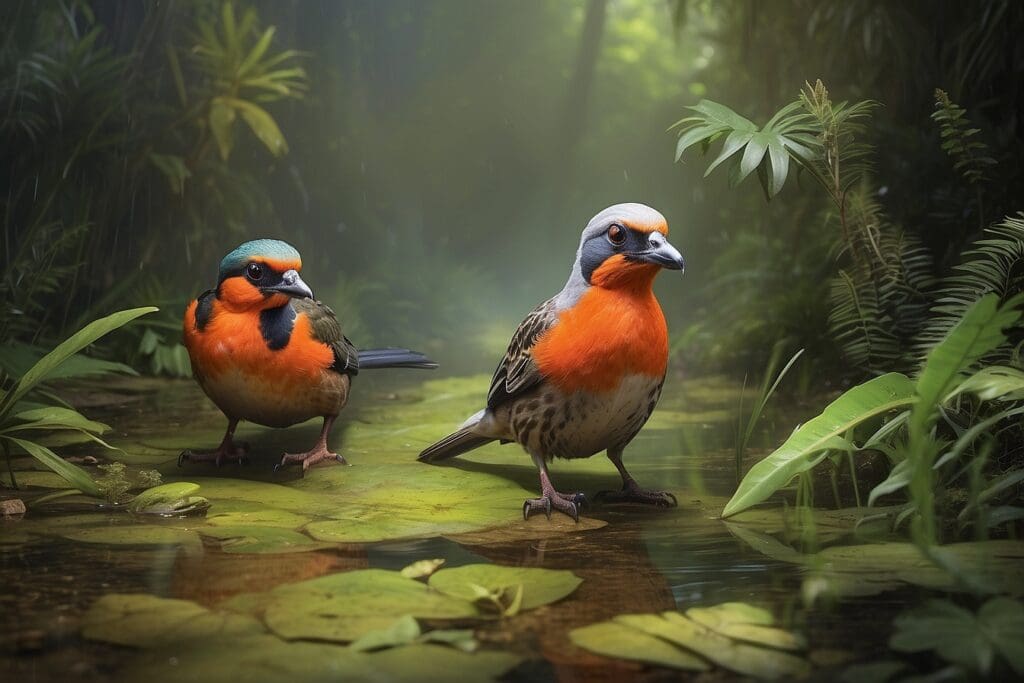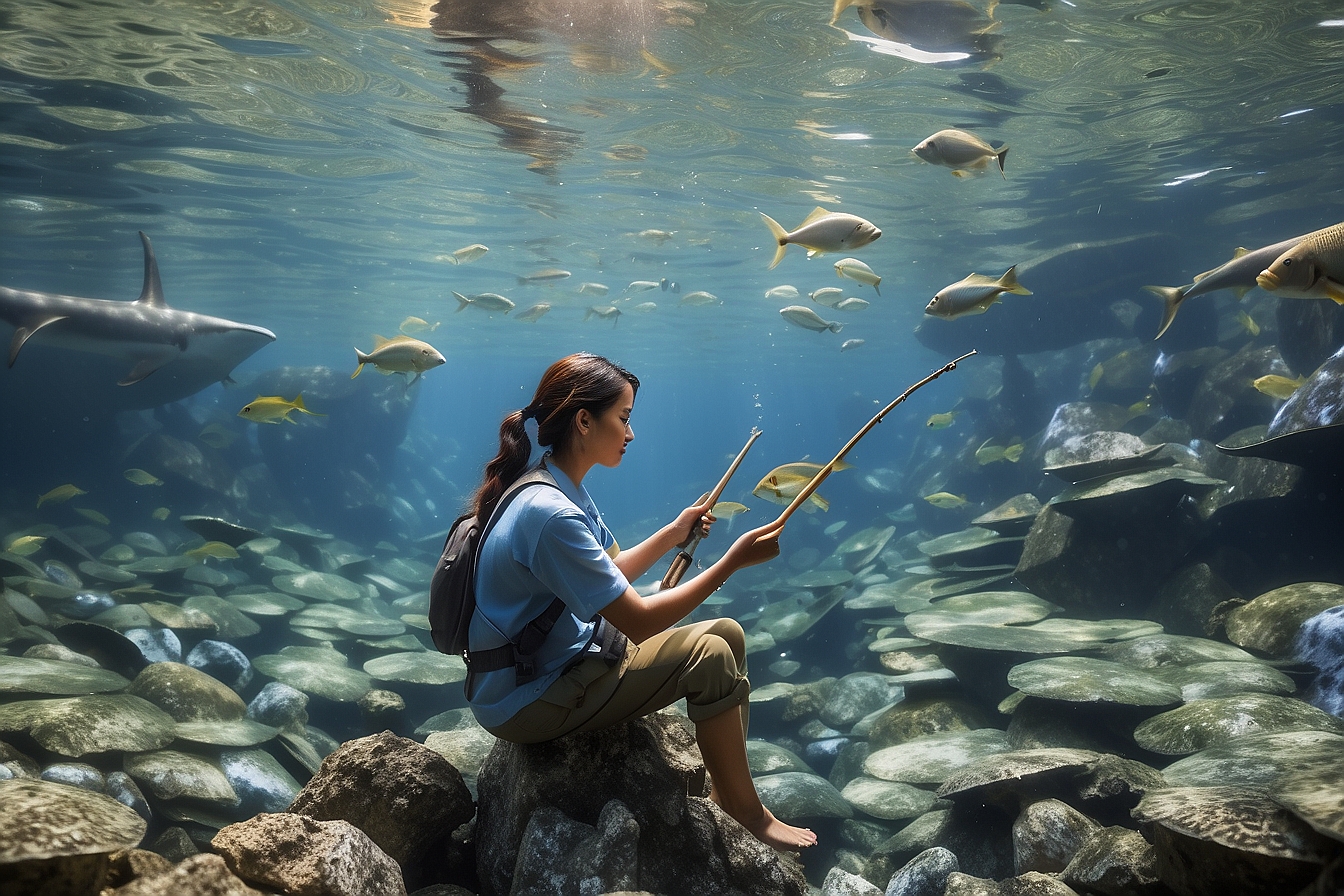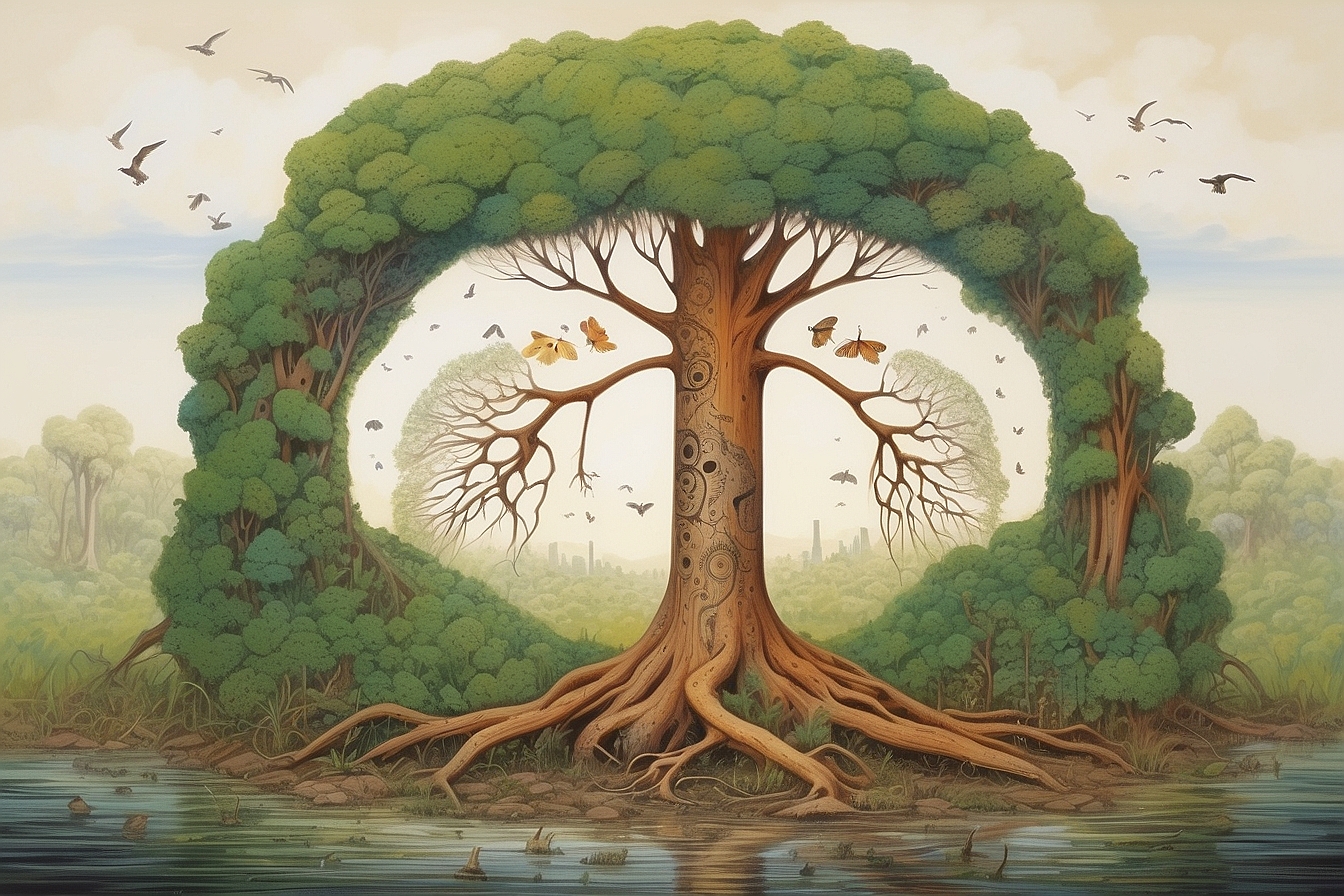On October 28, 1805, explorers Lewis and Clark encountered what they named the “Beautiful Buzzard of the Columbia.”1 On February 16, 1806, they captured a live one of these birds—a “relic of the ice age”2 —and measured its wingspan at nine feet two inches. Less than two centuries later, in 1967, the massive bird that had become known as the California condor (Gymnogyps californianus) was listed as an endangered species.3 By 1987, its population numbered 22 individuals, all of them in captivity. Today, there are 348 condors alive, 187 of which are in the wild.4 While this bird possesses a singular beauty, the problems it faces in the wild—habitat loss, poaching—are those faced by many other species. As the problems are similar, so are the solutions: successful species reintroduction programs, whether with whooping cranes or grey wolves, address many of the same challenges. Foremost among these challenges is proper socialization of the animals while they are in captivity and ensuring that they don’t disrupt the balance of the ecosystem they are released into.
The California Condor
As 19th century settlers moved west, they hunted the large mammals condors relied on for food.5 Condors would often scavenge the meat left behind by these hunters, which was embedded with poisonous lead shot. Many people were intrigued by the condor’s prehistoric appearance and large wingspan, and poached them to keep as trophies; others were kept as pets. Habitat destruction was also a major factor in the condor’s decline, as its habitat along the Pacific coast became increasingly developed into the 20th century.
In 1987, the last wild California condor was captured, and captive breeding programs began in the San Diego Wild Animal Park and Los Angeles Zoo. Critical to increasing the number of California condors during those bleak years that followed was a practice called “double clutching.” Double clutching involves removing eggs from nests and placing them in incubators to encourage females to produce another clutch of eggs.6 A second practice important to the condor’s success was making sure it didn’t “imprint” onto human beings. When a condor is born, it imprints onto the first living thing it sees and will later seek that species for a mate. To avoid this, captive-bred condors were fed by condor puppets and played tapes of adult condors.7 It is because of these techniques that researchers were able to eventually reintroduce the California condor to isolated patches of California, Arizona, and Baja, Mexico. The condor’s future remains uncertain, but its 348 living members provide hope.
The conservation that saved the California condor is called “ex situ” conservation, which “occurs in seed banks, zoos and botanical gardens.”8 Along with the California condor, the American bison and Peregrine falcon recovered through ex situ conservation programs.9 Other programs use different techniques: “in situ” conservation preserves a species in its “natural location by managing and protecting its habitat.”10Translocations involve “moving wild born animals from one place to another,”11 which the U.S. did under its Northern Rocky Mountain Wolf Recovery Plan in the 1980’s12 by moving packs of wolves south from Canada.
Species Reintroduction
A self-sustaining stock of a plant or animal is the first thing needed for a successful reintroduction. Second, the environmental factors that caused the species’ decline must be corrected. For example, lead shot was banned from waterfowl ammo in 1991 because of its effect on scavenging animals such as the California condor. Educating and sensitizing the public to conservation efforts is essential, as is proper socialization of the captive animal. In addition to learning to avoid man, the animal must be taught to “identify predators; find food; interact properly with [other members of its species]; to find/construct shelter.”13 Once these goals are accomplished and a species is reintroduced, it must be carefully monitored through devices such as radio collars or leg bands.
Reintroduction of Wolves
In 1995, 14 gray wolves (Canis lupis) were translocated from southern Canada to Yellowstone National Park, and 15 wolves were also released in Idaho at that time.14 “By the end of 2006, there were an estimated 36 packs in Wyoming, including 311 individual wolves,”15 and the total number of wolves in the Northern Rocky Mountains Recovery Area was over 1,000. Today, wolves in the Northern Rockies as well as the western Great Lakes area are no longer on the endangered species list.16
A challenge with reintroducing wolves is breaking their homing instinct. In order to adjust this internal radar, which leads them back to their pre-capture home, the wolves translocated from Canada to Yellowstone were acclimatized in pens “near the release site for ten weeks before being released.” Those released in Idaho were not. Evidence gathered from radio collars showed that the three packs of wolves released in Yellowstone had not moved, while those introduced in Idaho had moved an average of 50 miles north.17 All subsequent efforts at wolf translocation have included acclimatization periods.
Reintroducing grey wolves to Yellowstone was an important step in controlling an elk population that had ballooned to 20,000 (today it is under 10,000).18 By hunting these elk, the wolves indirectly affected other parts of Yellowstone’s ecosystem, providing an example of how reintroducing a single species can alter nature’s complex feedback loops. Once wolves returned to Yellowstone, elk began feeding only on trees in areas with good views of an attack. With elk eating fewer trees, beavers were able to collect materials to build their dams with more easily. Grizzly bears emerging from hibernation found more beaver-created ponds containing succulents—a “critical food”19 —following their winter sleep. The effect of reintroducing wolves to Yellowstone seems thus far to be a positive one, but it illustrates the huge impact that a single species can have on an ecosystem.
The Lesson
A recent report in Britain identified “23 species of mammals, birds, amphibians, and fish that once thrived in Britain and have the potential to live [there] again.”20 Reintroducing species such as the Eurasian lynx and brown bear would certainly “act as a huge draw for tourism”21 and might benefit the environment. On the other hand, it might throw entire ecosystems out of balance. Re-introducing megafauna like the European brown bear, which hasn’t lived in Britain since before the Middle Ages,22 will require thorough studies into its impact on “fragile biodiversity and already endangered species such as the Scottish wildcat.”23 The lesson in reintroducing species is that it can often be accomplished with proven techniques. However, it is humans who caused the disappearance in the first place, and unless they go about reintroduction with great prudence, they might disrupt an ecosystem once again.





